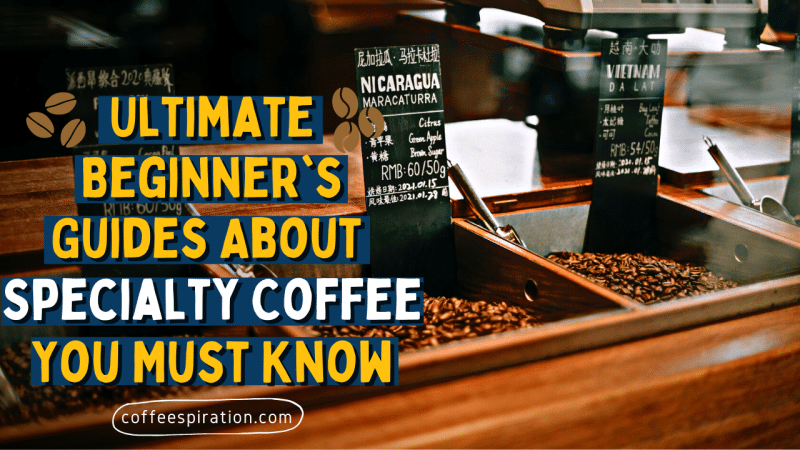To be able to get close to coffee is more than just knowing the brands. Coffees are everywhere, in every country. The coffee’s journey has arisen from Ethiopia throughout the whole world.
The world’s coffee appreciation is massively like wine. Different countries enjoy coffee in different ways. But the thing is every cup of coffee tastes differently and uniquely based on where the coffee beans are from, where the coffee farms are located.
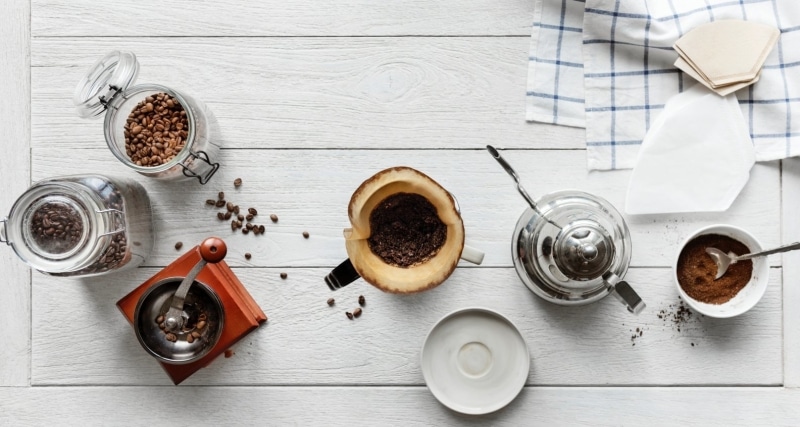
Even the roasting processes and brewing methods are as well as the coffee quality. Each factor is a combination of a cup of coffee. Everything coffee-related is complementary that all artisan coffee and coffee lovers should be aware of.
So, if you wish to know more about specialty coffee, you should stick along. There are key aspects of coffee tasting and how different components affect your cup of coffee. Below, we are going to briefly describe little guides on specialty coffee from scratch.
Contents
The Four Traits of Coffee
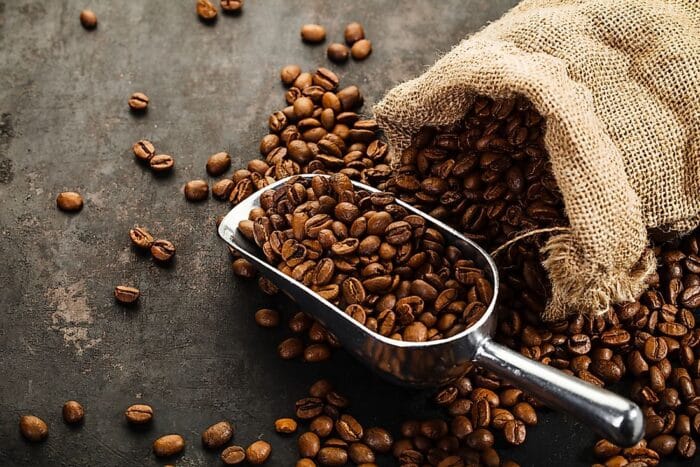
Different people have different tastes and roast preferences. For all of these reasons, people would drink coffee to boost their energy, to go with food, or even relax to enjoy the wifi at the cafe.
Since people have different ways of appreciating their cup of coffee, the coffee connoisseur calculates the coffee and its quality standards based on a few proportions.
There are four main keys to the appreciation of specialty coffees, aroma, acidity, body, and flavor. These are the four most considered.
The aroma
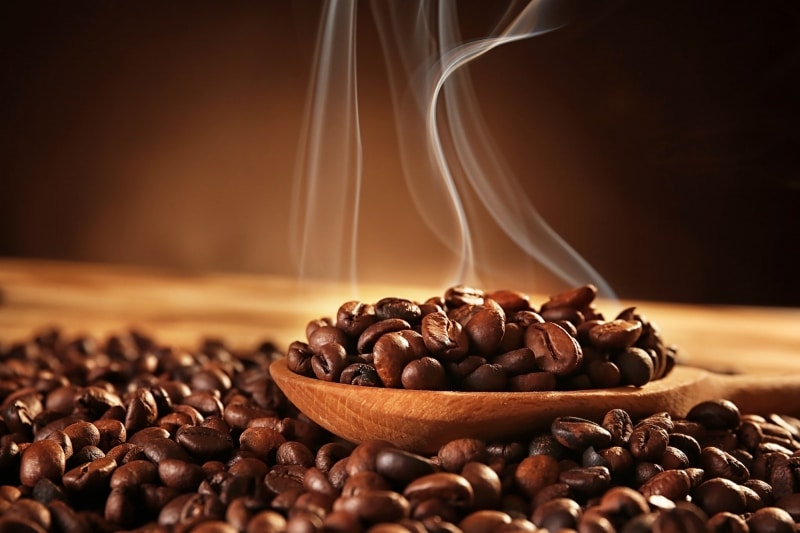
Same to wines, smell plays a huge part in defining the quality. To absorb the quality is to smell the brewing coffee. But why smelling it?
Because the sense of smell is quite close to the sense of taste. Before having a sip, you should let the aroma engulf you with all of its attraction.
Actually, the aromatic smell of a brewing coffee can tell how freshly roasted beans are, which type and roast level it has, sort of the thing. Depending on coffees, sometimes the common aromas of coffee are smoky, fruity for instance, caramel, chocolaty, nutty, etc. it is an option whether you want to smell it or not.
But it is always better when you give it a try as a coffee experience. Freshly brewed coffee really has that special aroma of a specialty coffee. However, smelling also enhances the flavor of a coffee.
Acidity
Acidity gives a unique taste to coffee with its dry, bright, and sparkling sensation as a spice to coffee.
The acidity is mostly associated with coffee beans that are grown at higher elevations of a high-quality coffee bean.
There are types of acids that can be found in the coffee bean. Starting from the citric acid found in arabica coffee to Malic acid which offers a fruity flavor to coffee. And for the other acid that causes an upset in your stomach or the sour stomach is Quinic acid.
Quinic acid is a type of acid that increases in stale coffee that has been roasted and/or brewed longer than expected. Though, this anticipation of acid is scarcely ever from the single-origin coffees. Many coffee drinkers are exceptionally associated with this type of acid.
Body
Commonly known as mouthfeel in which you can feel the texture of the coffee when drinking it. Whether it is a home roasting or a bought coffee from the shop, if that is the best coffee, you will get that mouthfeel of full-bodied coffee.
Specialty coffee really has that smooth and rich flavor when it lays on your tongue. It is a word used when you want to describe your coffee experience. For example, “a heavy-bodied coffee” describes the thickness of the coffee texture, flavor, and aromas.
Using these vocabularies to describe your coffee drinking experience tends to show how much you care about coffee. Moreover, it is more forward when you want to show or tell the quality of the coffees.
Flavor
The flavor is simply the taste of coffee. Like when you take a sip, you will immediately know the taste of that coffee, the flavor notes of that coffee whether it is fruity or else.
Coffee that is rich in flavor tends to offer a lot of everything in a cup. Sweetness, bitterness, acidity, body, and flavor notes are all in the go-to description when you need to describe the flavor of your coffee. If it is a dark roasted coffee, then the coffee might taste bitter. So many variables are given when it comes to describing a coffee’s flavor.
Once you are familiar with these four keys, you’ll be able to describe your coffee perfectly. However, it is kind of important to know the four traits when it comes to the selection of coffee production. As it allows you to know your favorite coffee and allows you to know how to calculate the highest grade of coffee with the exact steps they use in the coffee industry.
Albeit, after you acquire this small part of acknowledgment, the other important factors. Those factors are the coffee beans’ origin, types of roast, and the way it is brewed. These factors are the key basic knowledge to know the specialty of coffee.
Know Your Beans

Coffee isn’t different from other plants, it starts as a seed and grows into trees. The seeds take about 3 years to grow into trees and become what is known as coffee cherries.
Blossoming into a bright red when ripe and ready to be harvested. The coffee beans inside are divided from the cherry, fermented, dried, and milled.
There are 25 spices of coffee from the coffee origin country, but there are only three used for commercial consumption. The three types of coffee are commercially used for direct trade with quality standard fair trade certified. The three consumptions are Coffea Arabica, Coffea Canephora, and Liberia.
Coffea Arabica (~60–70% of the coffee market)
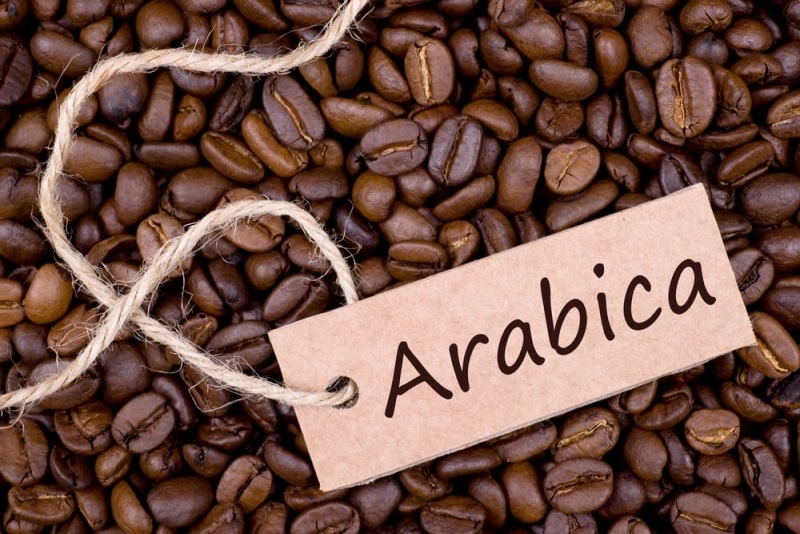
Arabica coffee beans have been known as the most preferred beans in the coffee industry. As for the supply chain, arabica coffees are used for direct trade from the origin country to parts of the world. These are the world’s best coffee beans.
Growing up in the mountains of Yemen and Ethiopia in a friendly environment. It has some mechanical harvesting difficulty as they are grown on a high elevation with steep slopes. So, the coffee growers have to go hand-picking but professionally done to ensure the coffee quality.
As to enhance and ensure the highest quality of the beans, they do small batches for roasting. Roasting in small batches can keep the freshness, flavor, and aromas of Arabica coffee lively.
The arabica roasted coffee beans are purely organic and nicely packed into a variety of roasts level options before sending for trade.
More importantly, arabica coffee beans have a smooth and nice texture of coffee and a flavorful taste with a fresh aroma. For that point, most specialty coffee shops use arabica beans as their specialty coffee. The taste profile of Arabica coffee is highly complex aromas with layers of flavors.
Coffea Canephora (~20–30% of the coffee market)
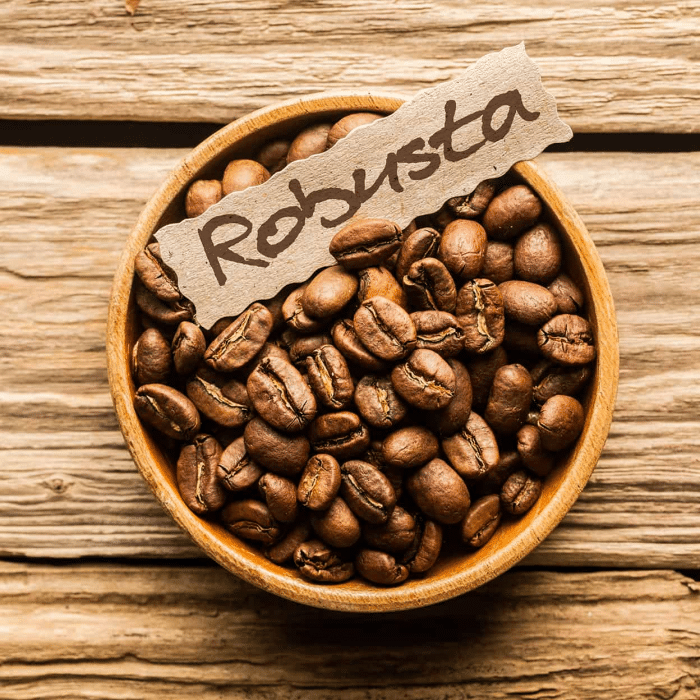
Compared to Arabica coffee, this has a double caffeinated content with notes of chocolate flavor. Coffea Canephora is also known as Robusta coffee.
Coffee of Canephora has less variety than Arabica coffee, but still, it is considered as the second most preferred coffee bean. To coffee lovers who love strong bold with a bitter taste, Robusta is your choice.
Coffea Canephora has a double caffeine content bitterness and lower acidity. Farmers tend to have an easier rest on Robusta coffee beans, unlike Arabica, as it has a disease-resistance and higher crop yield.
Also, it can be grown at a lower altitude which is easier for mechanical harvesting to do work. There is a huge production every year compared to arabica coffee.
As it has a large trading and supply chain, which is why it is cheaper than arabica coffee beans. It can also be used in instant coffee mixes and fillers for lower-grade coffee blends.
Even if it has a bigger amount of production, that doesn’t mean it has a cheaper or lower quality.
Note that, Robusta coffee beans stand at the second-best beans in the coffee industry. And their beans are bird-friendly and yield amazing fresh aromas and flavor stuck by quality standards.
Liberia (~3% of the coffee market)
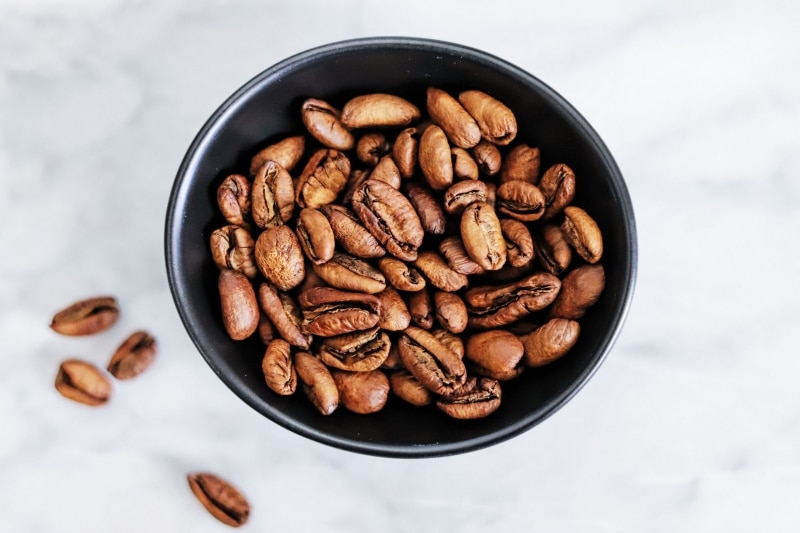
Liberia coffee beans are a little different from the two above. The variety of Liberia beans are cultivated in Liberia along the Atlantic coast.
Liberia doesn’t have much popularity compared to Arabica and Robusta coffee beans. There was a decline in supply due to coffee rust in 1890 and a decline in demand due to the rising market of arabica and robusta coffee.
For now, it is cultivated mainly in the Philippines in a sub-variety known as ‘Barako’s. Due to its limited supply, it is considered as the commodity coffee in some regions and areas like South America and central America.
Not everyone would like the flavor of Liberia since it has a strong “woody” flavor. That is why Liberia coffee beans have low popularity among these beans.
After learning a bit about the beans, we might be familiar with the roots and functions of each type of coffee bean. So, choosing the right bean means a lot for specialty coffee. And for that, only knowing about the type of bean is not yet enough to be an expert in specialty coffee.
Here is the next step that you should know is the types of roasting beans. Knowing and understanding the roasting process and the types of roast beans is a ladder to become an artisan coffee.
Types of Roasting Beans
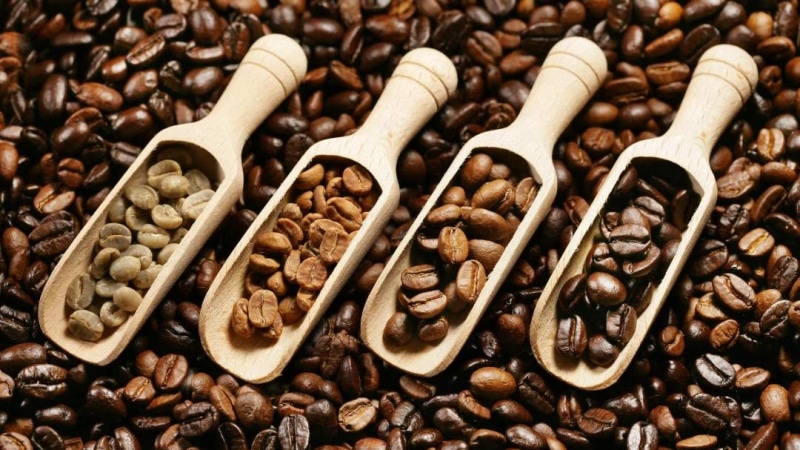
Coffee lovers have their own roast-level preferences. And the roast level stands from light to dark roast. As the flavor and taste of the coffee are reflected from the beans’ roasting processes, the temperature and duration of roasting are the cruciality to focus on. So there are three roast levels as the option for coffee drinkers.
Light Roast
Light roast coffees are categorized by their light brown color, less oil on the beans, and have lighter bodies.
To know the light roast is ready is when its first crack pops around 350 degrees. Light roast beans tend to grip on their natural flavor more than the darker ones. And that is a counterpart to an argument that says, light roasts have less caffeine than the darker roast.
The reason that light roast beans have more caffeine capacity is that it uses shorter time and lower temperature to roast. That is when they retain more caffeine from the original green coffee beans.
The common kinds of light roast are cinnamon and New England roast and/or other roasters refer to Light roast city. The cinnamon roast is lighter among the twos. It carries an underdeveloped sweetness, sharp acidity, and grassy flavor and it roasts at 196°C. And the New England roast cooks at 205 °C.
For specialty roasters sometimes use the New English since it brings out more of its natural flavor. The taste profile of this roast type is that it has a lighter body acidity, but with more varied profiles depending on the beans’ origins.
Medium Roast
For a medium roast, when the heats start to burn up, the body of the beans starts to develop its flavor as well.
The medium roast has a balanced taste and reaches out the acidity and original flavor of the beans with the roasted flavor and body from the roasting process. The medium roast has a thicker body and browner color than the light roast.
For a medium roast, it loses some bright flora flavors but they carry more of a balanced flavor with a medium count of caffeine. Unlike lighter roast, it roasts after the second crack with a temperature of 410º–430º.
Other roasters refer to Medium roasted beans as American Roast, Breakfast Roast, or City Roast. The American medium roast coffee beans heat up at 210 °C and the acidity of the beans is blocked. But when the heat increases to 219°C it becomes a City Roast.
The taste profile of this medium roast is it has lower acidity but a higher body with bitterness and roast flavor. Usually, coffee drinkers prefer medium roast for its balanced flavor and taste with amazing aromas.
Dark Roast
Dark roasted beans are cooked at above 225 °C for the beans to go from green and brown to a darker color.
Dark beans are covered by roast flavor rather than their origin flavor. The darker roasts have even less oil on their surface. Dark roast coffees are robust and are full-body coffee with a stronger bold flavor.
If the beans are roasted at a bigger temperature, the beans almost have a charcoal aroma and flavor. The specialty coffee shops rarely use a dark roast, but only larger companies use this bean type because it is cheaper and easier to dispatch in larger quantities. But if the beans are done correctly, it would create a rich and smoky flavor.
Espressos are mostly dark roasted beans. The taste profile of this dark roast is mild acidity, strong flavor, and full-bodied.
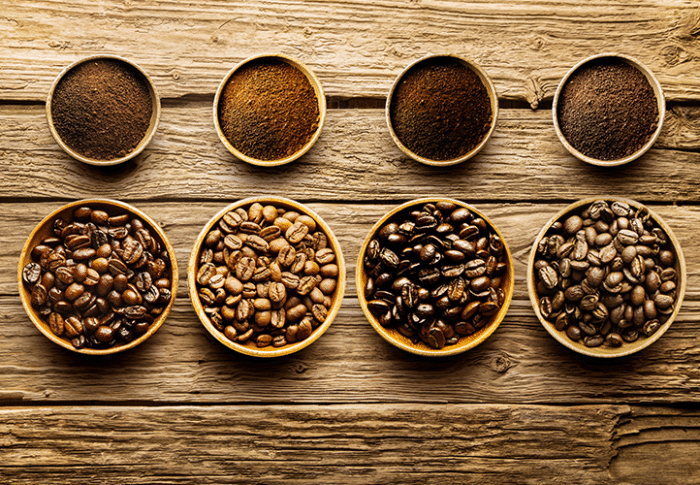
However, each type has its unique taste and flavor depending on its roasting process. To have a perfect cup of coffee, one also needs to have the correct beans. Choosing the right beans is really important in dealing with specialty coffee.
So, having the good beans in hand, you also need to know how to brew or else it will go to waste. So, below will be listed a few brewing methods which you can practice wherever you want.
From Beans to Drinking: Brewing Methods
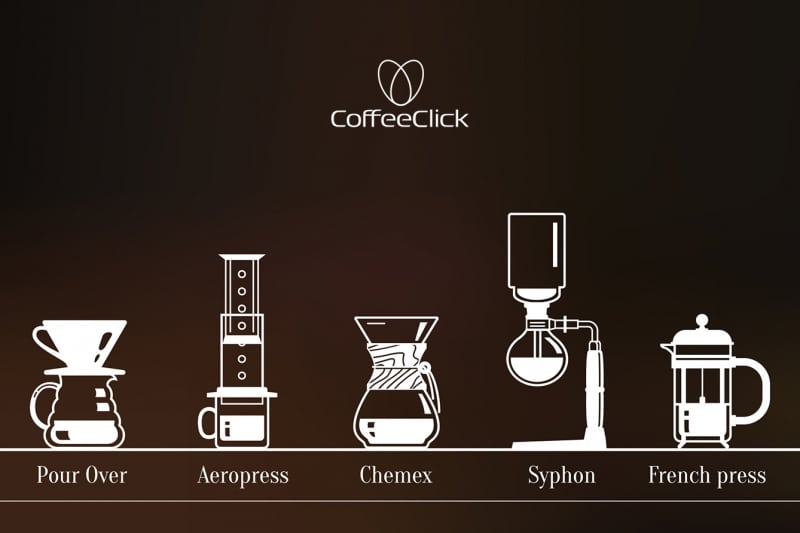
To brew a perfect cup of coffee, you surely need to know-how. There are more than two methods used to have a tasting coffee. There are several methods used since the technologically evolved era emerged.
The methods are running through the technological machines of the West to the traditional sock brew of the East which all have their unique finish.
Brew and FIlter
The most classic way of making coffee is using filters. It is commonly used and convenient which most coffee lovers love to do. For the brew and filter method, the beans are solely grounded then put in a hot water pot of 96°C.
After placing it in the hot pot, leave it there for about 3 minutes and let the technical machine work its way to separate the grounds from the coffee.
If you use this method, please don’t expect a heavy texture and acidity. This method is convenient and is mostly used at the office and at home when they have a busy schedule in the morning.
Pour-Over
The pour-over technique is also the most preferred one among all. It has an easy procedure for brewing coffee without needing much human effort. And there are many brands you can check out in the store or on the Amazon website.
However, a stainless steel manual pour-over coffee brewer can extract the oils from your ground coffee without losing the flavor of your favorites. It has quick and simple guides whereas similar to other French press products, but the difference is that the upper chamber is where you put in your grinds, and then pour in a small amount of hot water and stir nicely in a circular motion until soaked and then let it drip down the drops.
Press
There are several techniques of pressing machines but the most used is the french press. The French press uses ground coffee to put in the flake of hot water.
The Press machine is more manual, you need to press softly down on the plunger/ when you press down the plunger, the ground coffee will sink to the bottom and the liquid seeps through the holes. Press brewers are usually used for traveling and camping as it is portable.
French Press is known as one of the easiest and cheapest ways to make coffee and is a portable carafe that you can tag along for camping or traveling.
There are a few things you need to make coffee with this French press and those are a pot to boil water, ground coffee, a camping mug, and the heat source (whether a stove pan or anything that you can use to boil water). Using a pressing brewer only takes you a few minutes to serve your coffee.
Instant Coffee
Instant coffee has had its reputation for decades with its delicious taste and an easy-to-go for traveling and it is one of the greatest options that most people prefer.
Instant coffee is a coffee powder that is made from the beans of brewed coffee and has a light weight that most adventurers prefer to save space, especially for backpackers.
In order to make instant coffee, all you need is just instant coffee, a kettle, and clean water, and making this it only takes about 30 seconds to less than 5 minutes for the coffee to be ready for you to enjoy.
However, if you want to find another method that works easier for instant coffee, you can go with steeped coffee. It is a coffee tea bag which is another great option to make coffee while camping. Instant coffee is a great choice for those who want to save time and look for lighter things to pack.
Drip
The drip coffee method is one of the convenient methods to use for coffee brewing. It does not require much time and effort in making your own coffee. You can easily make your brown drink with this method.
The process of the drip method is a filter placed on a top pot when using the drip method. This method isn’t really different from the press except it doesn’t use force to press down the grounds.
With drip coffee, you only need to pour hot water onto the filter and let the hot water slowly instill the grounds. The drip method is mostly preferred for home roasting coffee.
Pod filtration
For the pod filtration method, they use capsule pods. This is commonly used at home and office as this does not require a lot of equipment.
Using pod filtration is more like machine work, you place a pod onto the filter basket and allow the force of hot water to hit the coffee grounds. Practicing this method, needs less human effort as it is wholly dependent on the machine itself. A click and serve with less time making it.
After knowing the ‘hows’ it is easier for you to practice on your own. There are methods with different brewer machines that you can use for your own convenience. Knowing the coffee brewing is important for your specialty coffee. Not only do you need to know your bean preference, but brewing is also a bonus skill for a perfect drink.
Conclusion
To sum up, when you are fully understanding about specialty coffee, you are so much a coffee expert-alike. You will be able to tell the differences between specialty coffee roasters, the specialty coffee beans, the low altitude and high altitude of coffee.
Not only can you tell all of these basic factors of specialty coffee, but you can also specify your favorite cup of coffee. For that, you can also brew coffee with the highest quality beans you bought at the grocery store. You will be able to enjoy each cup of coffee peacefully.
And we hope that through this guide, you can calculate your taste preference with the highest quality beans.
References:
- The Beginner’s Guide to Coffee| the Guide|
- What is the difference between light roast, medium roast and dark roast coffee?| Copper Moon Coffee|
Everything you’ve ever wanted to know about coffee | Chandler Graf | TEDxACU By TEDx Talks
